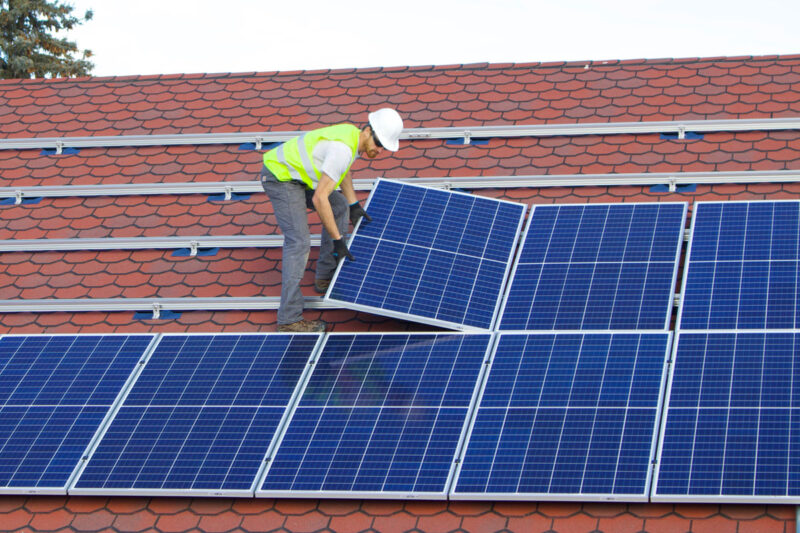Using the power of the sun to generate electricity has become a crucial solution in our mission for sustainable and environmentally friendly energy. However, getting the most out of it will require proper research and selection of the right devices. The most important part when you are installing panels is to secure their efficiency.
That depends on the needs of your household. The average one in the US is consuming around 1000 kwh. The great thing about panels is that you can set an installation that can generate twice the average amount.
Is 2000 kwh a lot?
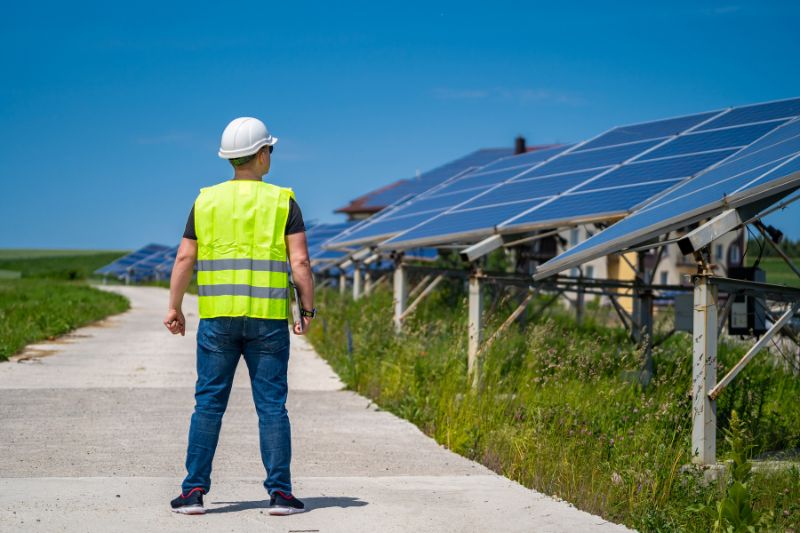
Knowing how much energy you consume monthly, in this case, 2000 kWh, is essential in determining the number and type of solar panels you’ll need. 2000 kWh per month is a substantial energy requirement that might be related to a large home or a small to medium-sized business.
Understanding this need isn’t just about the number but involves comprehending the implications of such usage on your solar installation, considering factors like peak usage hours and energy storage.
The Importance of Accurate Calculations
Ensuring accurate calculations for your energy needs is crucial to avoid under or over-investing in your solar setup. Utilizing online tools, consulting with professionals, and thoroughly analyzing your electricity bills will provide a solid foundation for accurate energy requirement calculations.
The Basics of Solar Panels
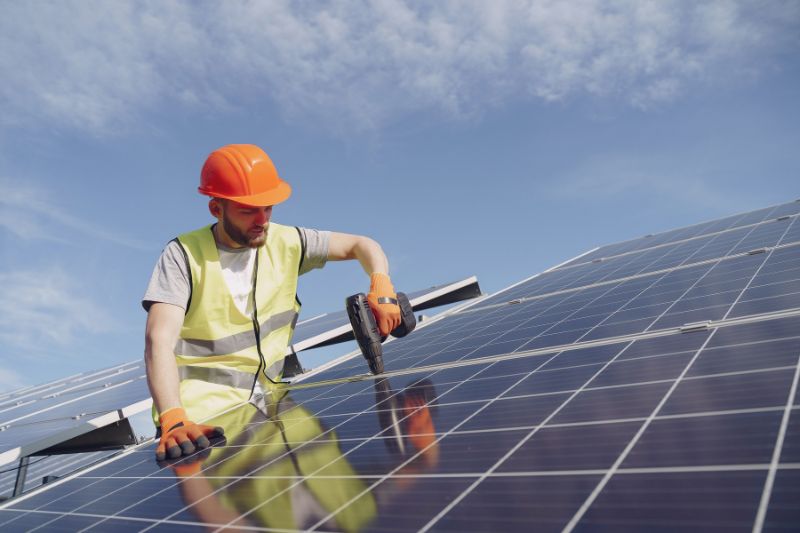
Solar panels convert sunlight into electricity, providing a clean and sustainable energy source. But how do they work, and what factors should be considered when choosing them for a specific energy need?
How Solar Panels Work?
Solar panels convert sunlight into electricity through photovoltaic cells. These cells generate direct current (DC) electricity, which is then converted to alternating current (AC) for household use.
The efficiency and capacity of a solar panel to generate power are crucial aspects to consider when planning an installation for significant energy production. Therefore, it is important to find well-known brands that produce high-quality solar panels.
Choosing the Right Solar Panels
Different solar panels come with varied efficiencies and capacities. For a requirement of 2000 kWh per month, focusing on aspects like the panel’s wattage, degradation rate, and performance ratio will be pivotal.
This ensures that the panels chosen are not only sufficient but also durable and reliable for long-term use.
Calculating the Number of Panels Needed
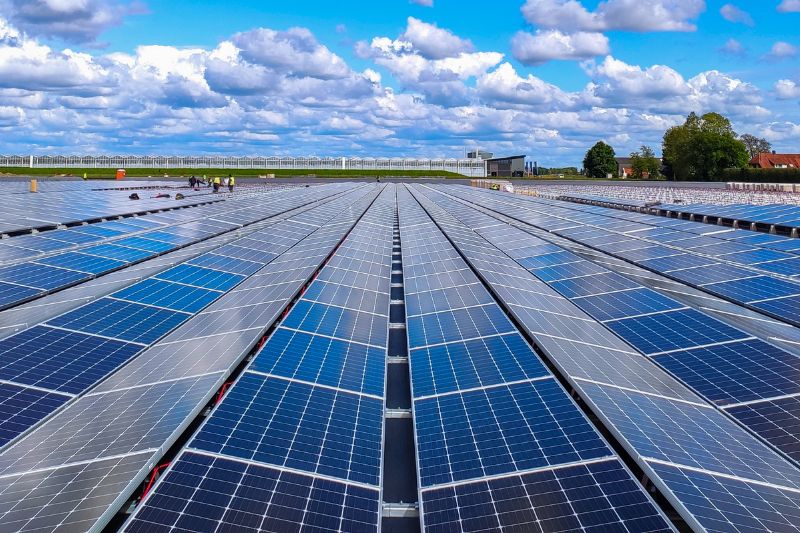
The number of panels you’ll need is derived from your monthly energy requirement, the panel’s wattage, and the average sunlight hours your location receives. Let’s delve into the calculations and considerations involved.
The Mathematical Approach
- Energy Requirement: 2000 kWh per month
- Panel Wattage: Varies, common residential panels range from 250W to 400W
- Sunlight Hours: Dependent on location
Using the formula: Number of Panels= Monthly kWh divided by Panel Wattage (kW)×Average Sunlight Hours per Day×30
You can estimate the number of panels needed, adjusting for local conditions and panel specifications.
Consideration of Sunlight Hours
The average sunlight hours your location receives significantly impact the number and efficiency of the solar panels needed. Regions with more sunlight hours will generally require fewer panels than those with less, making this a crucial factor in your calculations and planning.
Installation and Additional Components
Installing solar panels is not merely about placing them on the roof. It involves considering the orientation, tilt, and additional components that ensure you harness the maximum possible energy from your setup.
Optimizing Installation for Maximum Efficiency
Ensuring your solar panels are installed in a manner that maximizes their sunlight exposure is crucial. The orientation and tilt of the panels should be optimized for your geographical location to capture the maximum possible sunlight, thereby ensuring that the panels operate at peak efficiency.
Incorporating Essential Additional Components
- Inverter: Converts DC from the panels to AC for home use.
- Battery Storage: Stores excess energy for use during non-sunny hours or days.
- Monitoring System: Helps keep track of energy production and usage.
These components are vital to ensure that your solar setup is not only generating power efficiently but also storing and converting it for optimal household use.
Financial and Legal Aspects
Embarking on a solar journey isn’t only about technicalities; it’s also about understanding and navigating through the financial and legal aspects to ensure a smooth and compliant transition to solar energy.
Investing Smartly in Solar
Investing in a solar setup, especially one that aims to generate 2000 kWh per month, can be substantial. Exploring various financing options, incentives, and rebates available in your region can significantly offset the initial costs.
Engaging with financial advisors who specialize in renewable energy investments can provide valuable insights into managing your investment smartly and sustainably.
Legalities and Compliance
Ensuring that your solar installation adheres to local regulations and policies is paramount. This involves understanding zoning laws, obtaining necessary permits, and ensuring that the installation is in compliance with local, state, and federal regulations.
Engaging with a professional installer who is well-versed in the legalities can help navigate through the compliance aspect seamlessly.
Maintenance and Upkeep
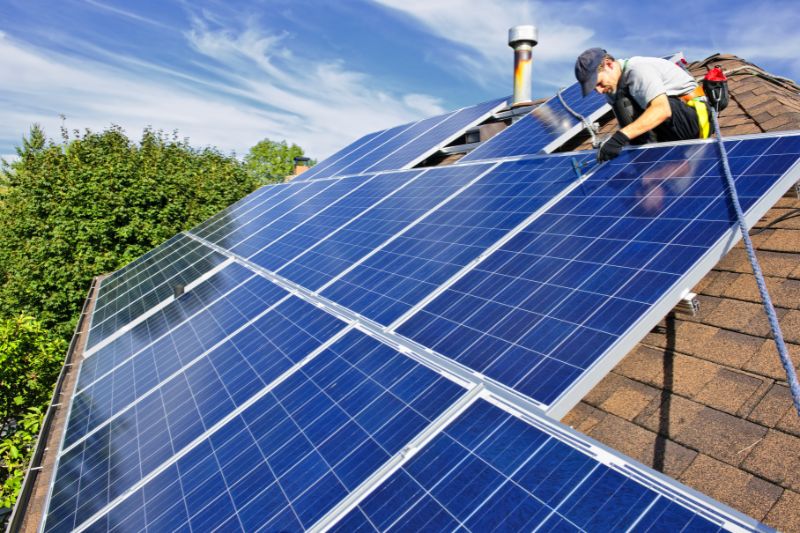
A solar setup, especially one designed to generate substantial energy, requires consistent maintenance and upkeep to ensure optimal performance and longevity.
Ensuring Optimal Performance
Routine checks and maintenance of your solar panels and additional components are crucial to ensure they are operating at peak efficiency. This involves cleaning the panels, ensuring the wiring and connections are intact, and monitoring system performance regularly.
Engaging in a maintenance contract with your installer or a professional service can ensure professional and regular upkeep.
Wear and Tear
Over time, solar panels and their additional components may experience wear and tear. Having a plan to address any degradation or damage is crucial to ensure uninterrupted power generation.
This involves understanding the warranty and insurance aspects, having a reliable professional or service for repairs, and ensuring that any replacements or upgrades are in line with your energy needs and technological advancements.
Promotion of Sustainability
Adopting solar energy is a step towards embracing sustainability. It’s not just about energy; it’s about contributing to a sustainable future and being a part of the global shift towards environmentally friendly practices.
The Environmental Impact
Generating 2000 kWh per month through solar panels significantly reduces your carbon footprint, contributing to the reduction of greenhouse gas emissions.
This positive environmental impact extends beyond your household or business, contributing to global efforts in combating climate change and fostering a sustainable future.
Being a Part of the Change
Adopting solar energy is being a part of a global shift towards sustainability. Sharing your journey, the challenges, and successes, and encouraging and guiding others to embark on their solar journey amplifies the impact.
It’s about building a community that supports and fosters sustainable living, thereby collectively contributing to a cleaner and greener future.
Exploring Technological Advancements
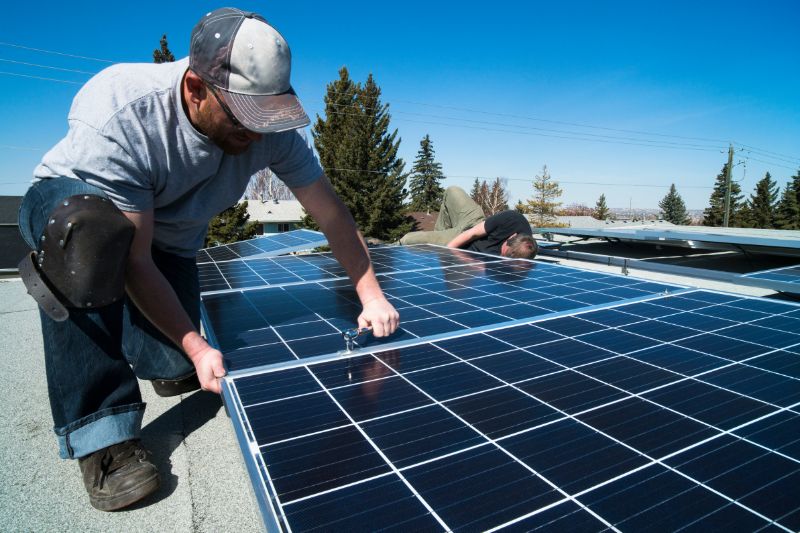
The realm of solar energy is not static; it is continuously evolving with technological advancements enhancing efficiency, reducing costs, and making solar energy accessible and viable for more people.
Innovations in Solar Panel Technology
Innovations in solar panel technology, such as bifacial panels that capture sunlight from both sides, and thin-film technology, which allows for more flexible and aesthetically pleasing installations, are revolutionizing the possibilities and applications of solar installations.
These advancements not only enhance the efficiency and adaptability of solar setups but also open avenues for more widespread adoption of solar technology.
Adaptation to Diverse Environments
Technological advancements are also enabling the adaptation of solar installations to diverse environments and conditions. This is another reason to stay in touch with the latest innovations because this field is advancing very fast.
FAQs
How does the seasonal variation in sunlight affect my 2000 kWh/month goal?
Seasonal variations can significantly impact the energy production of your solar panels due to changes in sunlight hours and intensity. During months with shorter days and less intense sunlight, your panels might produce less energy. To consistently meet a 2000 kWh/month goal, it’s crucial to factor in these variations during the planning stage, potentially installing additional panels or incorporating supplementary energy sources or storage solutions to ensure consistent energy availability year-round.
What is the lifespan of solar panels, and how does it affect my long-term energy production?
Solar panels typically have a lifespan of 25-30 years, but they don’t stop producing electricity after that period – they simply start to lose their optimal efficiency. Over time, the output of solar panels decreases, a phenomenon known as degradation. The industry standard degradation rate is about 0.5%-1% per year, meaning that after 25 years, your panels might operate at around 75%-87.5% of their original capacity. This gradual decrease should be factored into long-term planning for sustaining a 2000 kWh/month generation goal.
How can I ensure that my solar panels are always operating optimally?
Regular maintenance, which includes cleaning and checking the system’s components, ensures optimal operation. Additionally, utilizing a solar panel monitoring system can provide real-time data on your system’s performance, enabling you to identify and address any issues promptly. Periodic professional check-ups are also recommended to assess and maintain the mechanical and electrical integrity of the installation, ensuring consistent and optimal energy production.
What happens during a power outage if I’m generating my own electricity with solar panels?
If your solar panel system is grid-tied without a battery backup, it will shut down during a power outage to prevent back-feeding electricity into the grid, which can be dangerous for utility workers fixing the power lines. If you have a battery storage system or a hybrid system, you can continue to have power during an outage, utilizing the stored energy in your batteries.
Summary
As you can see, there are some important factors that can determine the efficiency of solar panels. Therefore, the only way to ensure the right amount of energy is to choose the right model of panels, and by getting professional assistance.
